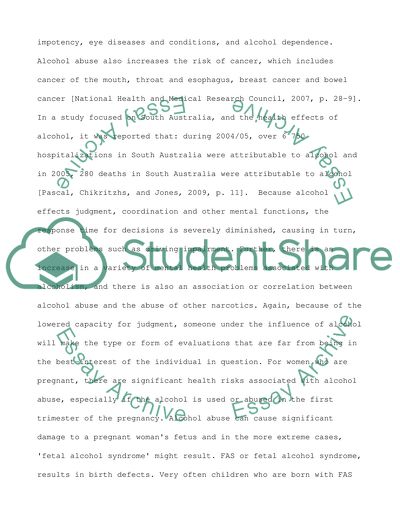Cite this document
(“Alcoholism in Australia Essay Example | Topics and Well Written Essays - 3250 words”, n.d.)
Retrieved from https://studentshare.org/health-sciences-medicine/1424276-alcoholism-in-australia
Retrieved from https://studentshare.org/health-sciences-medicine/1424276-alcoholism-in-australia
(Alcoholism in Australia Essay Example | Topics and Well Written Essays - 3250 Words)
https://studentshare.org/health-sciences-medicine/1424276-alcoholism-in-australia.
https://studentshare.org/health-sciences-medicine/1424276-alcoholism-in-australia.
“Alcoholism in Australia Essay Example | Topics and Well Written Essays - 3250 Words”, n.d. https://studentshare.org/health-sciences-medicine/1424276-alcoholism-in-australia.


